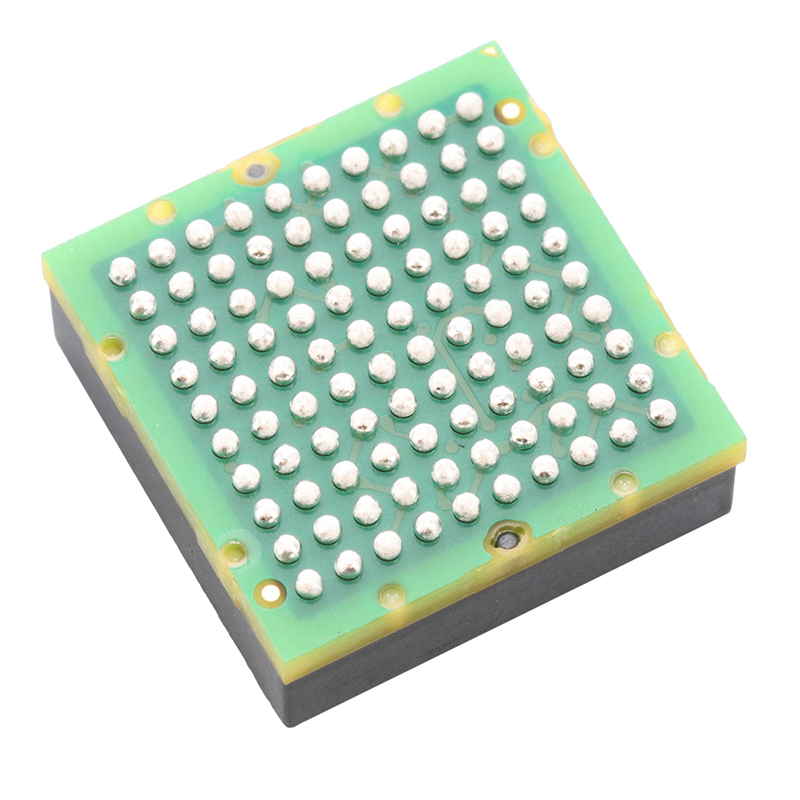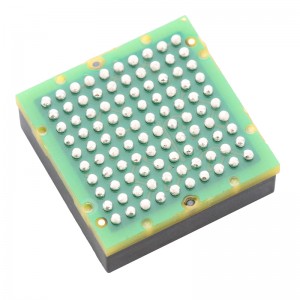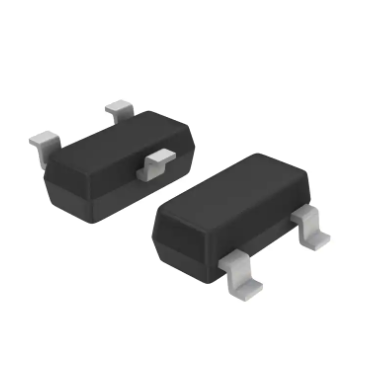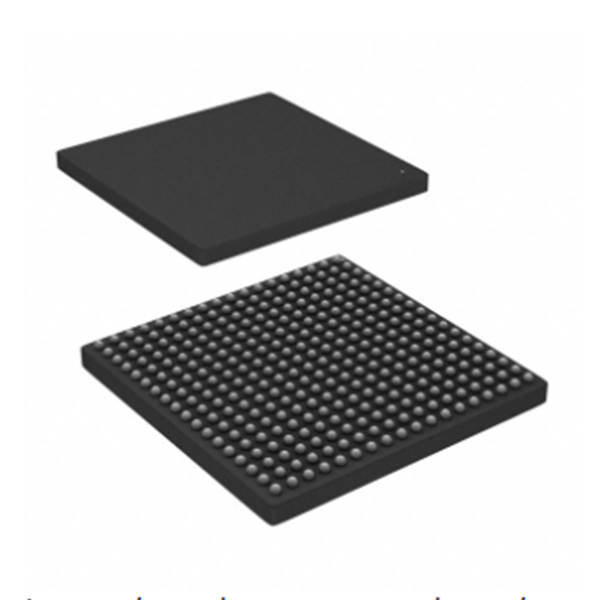ADG1419BRMZ-REEL7 Diode Transistors Electronics Component Ic Chip 6 DOF PREC IMU, 40G (500 DPS DN)
Product Attributes
| TYPE | DESCRIPTION |
| Category | Sensors, TransducersMotion Sensors – IMUs (Inertial Measurement Units) |
| Mfr | Analog Devices Inc. |
| Series | iMEMS®, iSensor™ |
| Package | Box |
| Standard Package | 1 |
| Product Status | Active |
| Sensor Type | Accelerometer, Gyroscope, 6 Axis |
| Output Type | SPI |
| Operating Temperature | -40°C ~ 105°C |
| Package / Case | 100-BBGA Module |
| Supplier Device Package | 100-BGA Module (15×15) |
| Mounting Type | Surface Mount |
| Base Product Number | ADIS16507 |
The semiconductor giant that walks through the world of analog and digital!
Global technology giants are catching up with each other, while smaller start-ups are entering the market to get a piece of the action. The semiconductor market has always been a battleground in the global technology race.
According to IC Insight data, in 2019, the total value of the global semiconductor industry has grown to nearly US$500 billion, with a compound annual growth rate of around 6% on average. Within this fast-growing semiconductor industry, analog chips are a low-profile yet large market, with the global analog chip market size having surpassed the US$60 billion mark in 2018 and is expected to reach US$74.8 billion by 2022.
If digital chips are a high-profile market around strong arithmetic, low power consumption, and high performance, in the Moore’s Law track constantly fierce fire sprint. Analog chips, on the other hand, are a market that governs the entrance and exit of signals from the real and physical world, quietly taking over everyone’s life, silently.
Among them is one of the world’s leading analog chip giants, which has spent more than fifty years using advanced analog information technology in various important fields such as industrial, communication, medical and consumer electronics worldwide, building a business empire covering more than 20 countries and regions with 125,000 customers.
It is Analog Devices (ADI). At the same time, this low-key and secretive analog chip company is celebrating its 25th year in the Chinese market. During the years of development in China, ADI has worked together with its partners to bring about a profound and important impact on the transformation of China’s industrial, communication, and automotive industries.
During the 6.0 magnitude earthquake in Changning, Sichuan in June this year, the Chengdu High-Tech Institute of Disaster Mitigation broadcasted an emergency earthquake warning countdown to the citizens of Chengdu 61 seconds in advance, successfully outperforming the earthquake wave! Effectively reducing the number of casualties. The earthquake early warning system is inextricably linked to ADI’s expertise in MEMS technology.
In addition, in the current hot new energy vehicles, autonomous driving field, the key battery management, LIDAR technology also has ADI’s figure.
So, what kind of company is ADI, which has long been a low-profile company? The semiconductor journey is a long one, how does ADI rely on its strength to continue to open up territory in this field?
Through an interview with Zhao Yimiao, General Manager of ADI’s System Solutions Business Unit, Wise Stuff tries to follow his 15 years of experience in ADI’s history, to restore ADI’s global layout, growth, and 25 years of development in China.
I. ADI: Bridging the physical and the digital, beyond Moore
Since its foundation in 1965, ADI has experienced wave after wave of technological development. It has been a witness to the evolution of technology around the world and is one of the many navigators who have sailed through these waves in search of a “new world” of technology.
What ADI is looking for is fertile ground for technology in both analog and digital signals.
To embark on this journey, ADI has prepared four swords.
1, the bridge concept: a comprehensive attack on digital transformation
“For many years, ADI’s core mission is to build bridges connecting the physical and digital worlds.” Zhao Yimiao said that the complex physical world signals, whether through an analog-to-digital conversion, or digital-to-analog conversion, are an important tool for human beings to deep analysis and deep understanding of various information.
This bridge concept has been ingrained in ADI’s DNA since its inception and has influenced every step of ADI’s exploration of the physical and digital worlds.
The core of this bridge consists mainly of bandwidth and resolution. Simply put, to build this bridge, ADI has been exploring semiconductor devices that can convert analog signals to digital signals for a long time, and ADCs are one of the core devices in this category.
In the early days, most of the ADCs developed by ADI were around 8bits, such as SAR (Successive Approximation Register) ADCs and Flash ADCs.
As the technology has been refined, ADI has gradually extended the resolution of ADCs outwards, bringing new historical points for the interoperability and application of analog and digital signals.
For example, ADI’s development of 12bits SAR-based ADCs has enabled digital motion control.
In terms of high-precision ADCs, ADI also advanced ∑∆ADC to 16bits accuracy with the development of a chip called ADE7755, which helped Chinese electricity meters to move from mechanical to digital.
In short, ADI’s increasing accuracy of ADCs is making many digital applications such as industrial field control, seismic wave detection, and signal transmission from wireless communication Hong base stations progressively possible.
In the long run, it is industrial, communications, automotive electrification and consumer electronics, and other fields, towards the digital gorgeous turn, maturity, and explosion, also played an important role in promoting.













